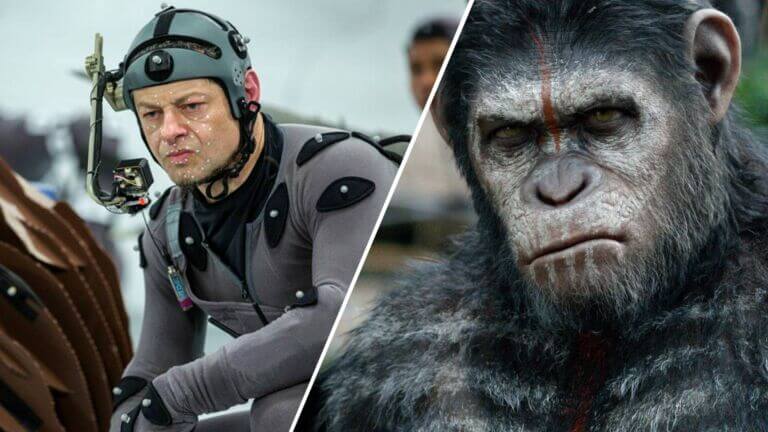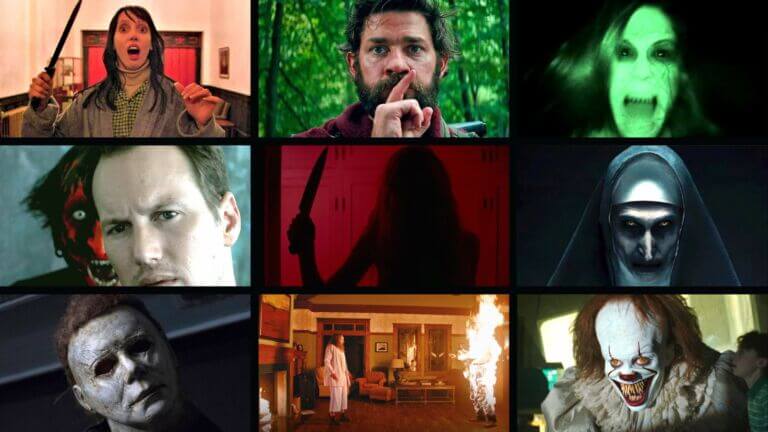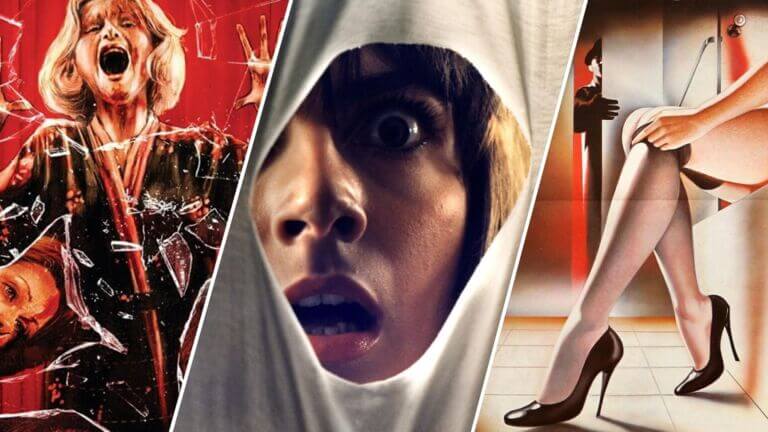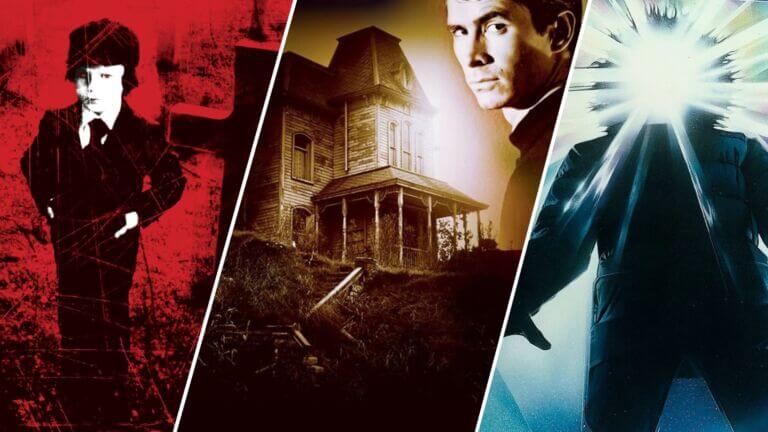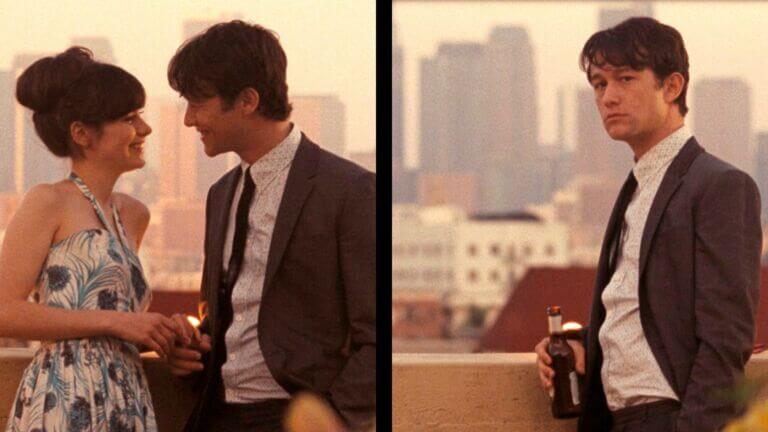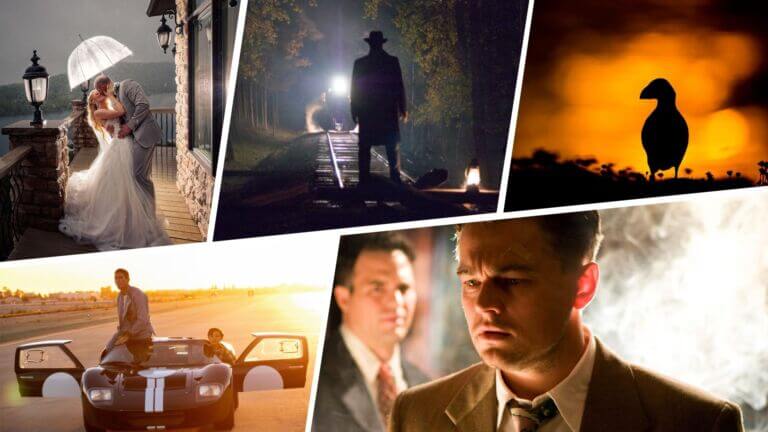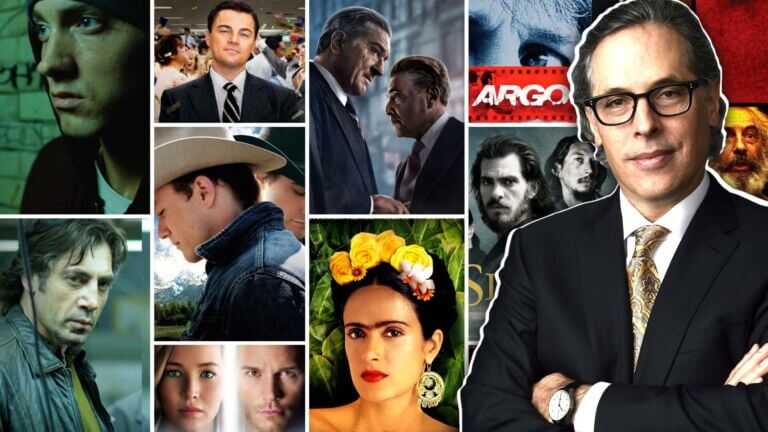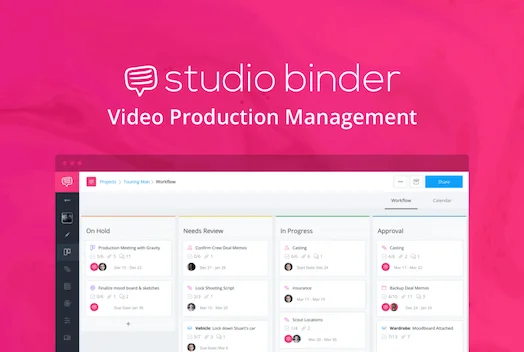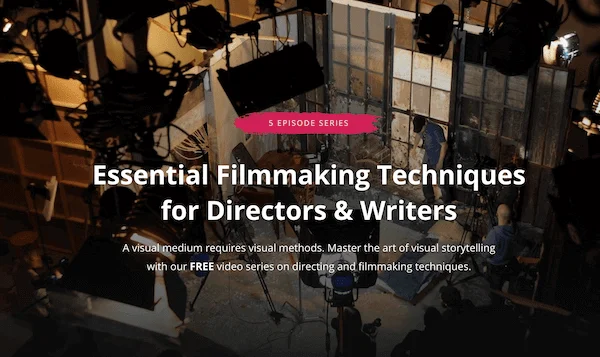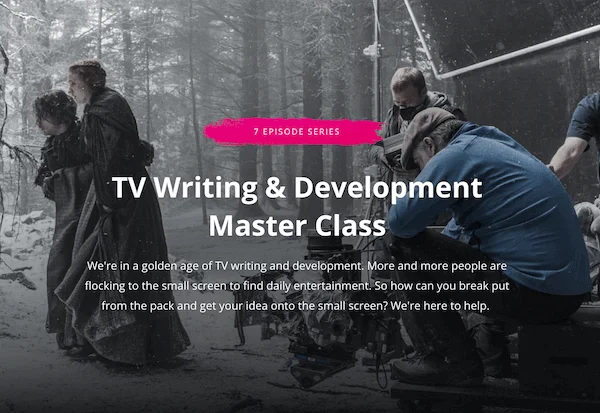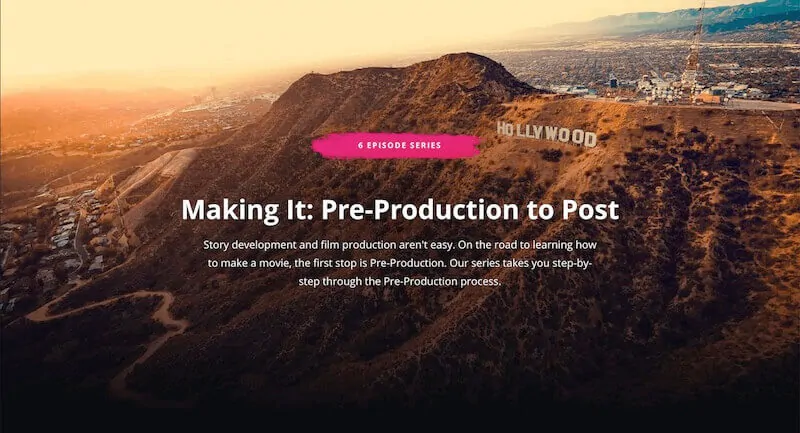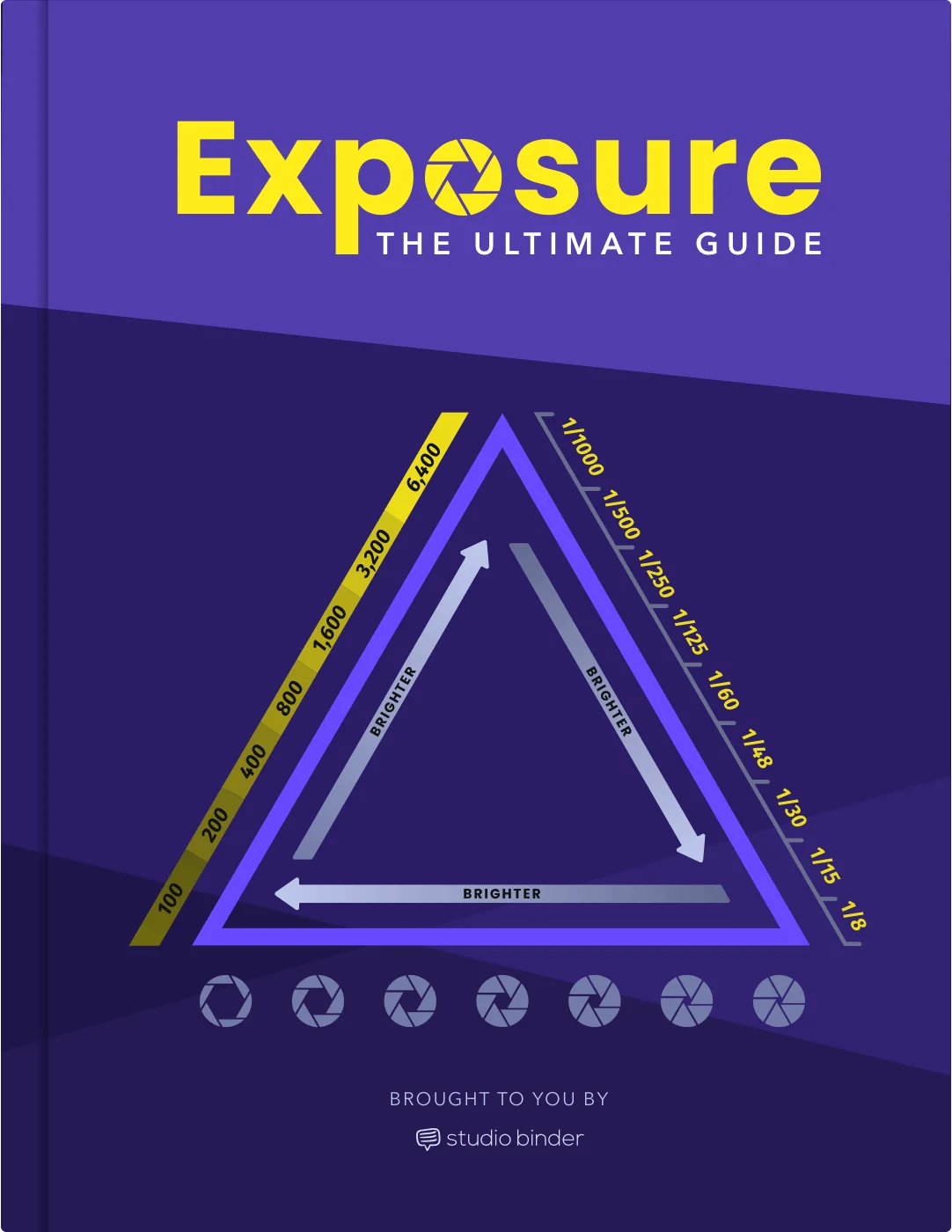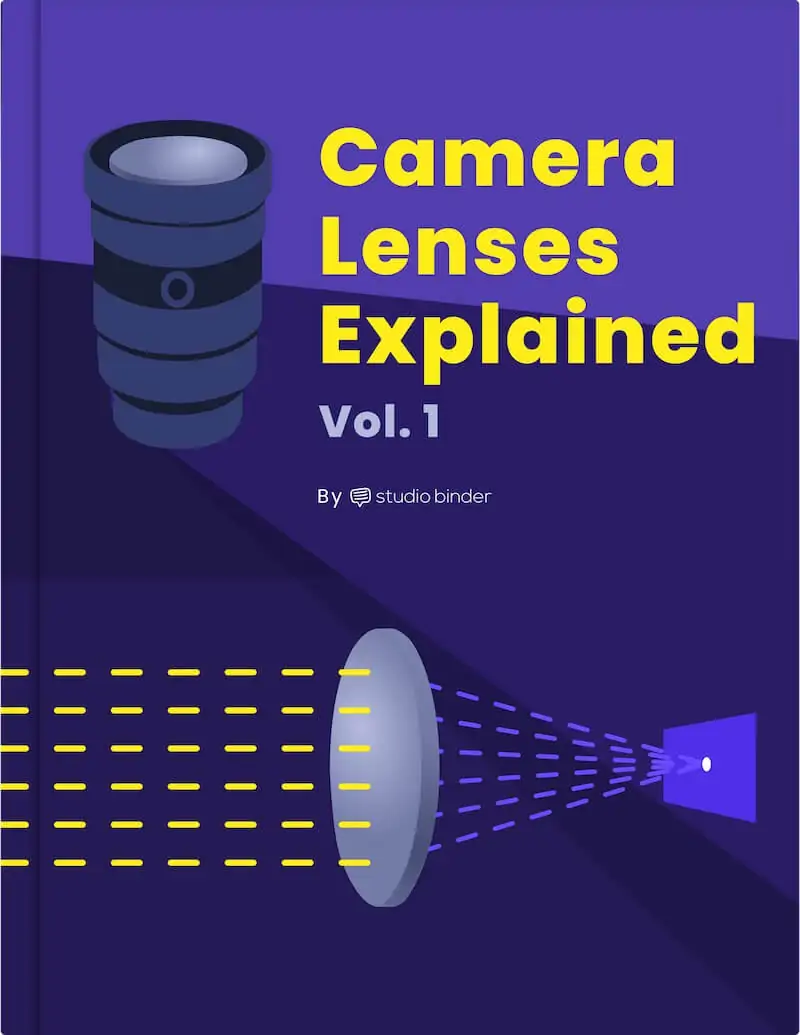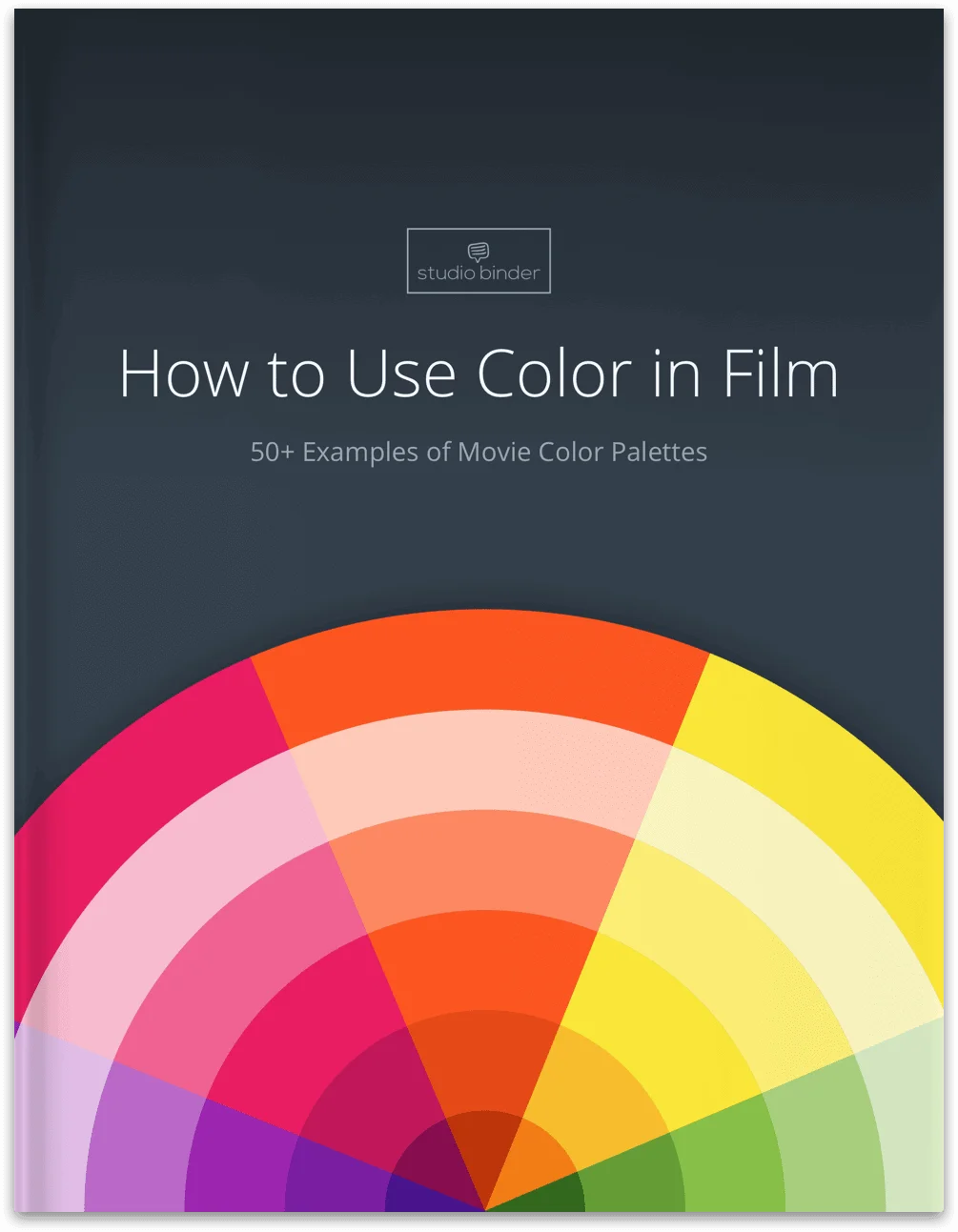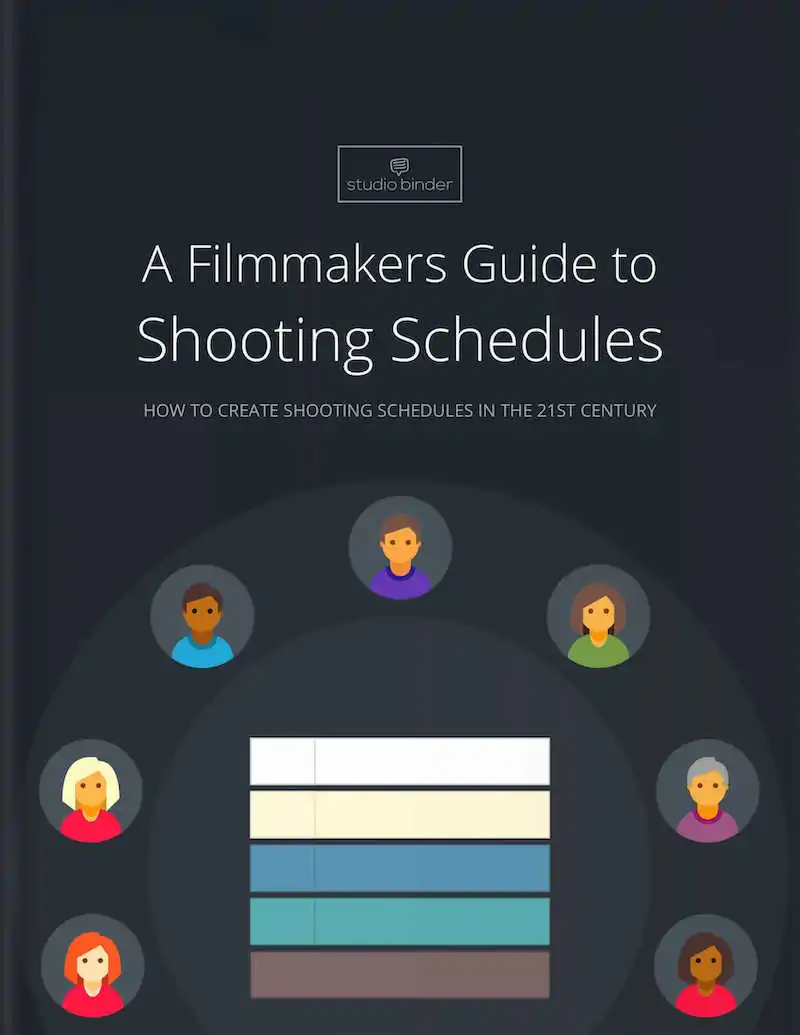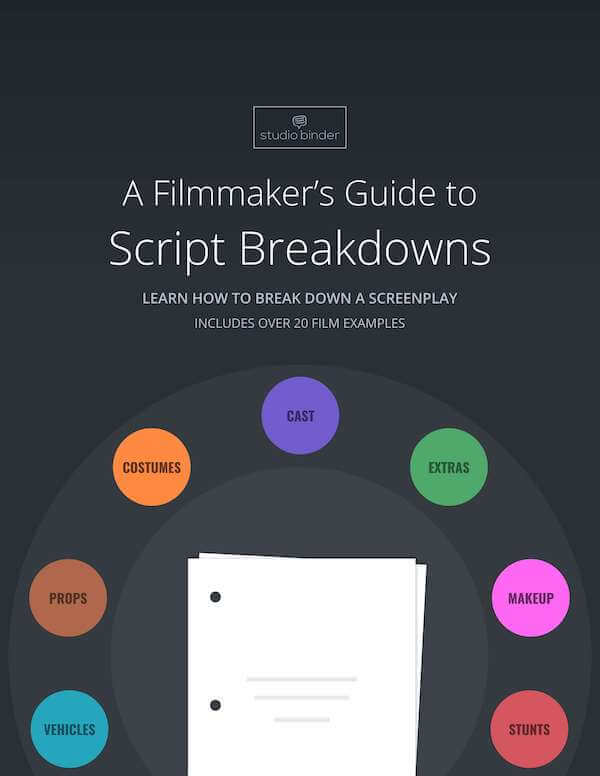Cinema is an ever-evolving landscape. Throughout its history, certain technological advances have opened countless doors for filmmakers. Technicolor brough colorized motion pictures, green screens opened new worlds, and motion capture opened the door for limitless characters. What is mocap and how does it work to create iconic characters? Let’s find out. Continue reading What is Mocap — The Science and Art Behind Motion Capture
Horror heads often scoff at jump scares. The technique can feel too easy: slap a loud sound effect on an unexpected thing in the dark and anyone will gasp — it’s glorified peek-a-boo. But a great jump scare is undeniable. Done with taste, originality, and skill, the jump can deliver a scare that will linger with an audience for years. Almost every horror film has a jump scare; it’s in the Constitution. But which horror films use the tool most effectively? These are movies that lean on jump scares, but not as a crutch: they simply work every time. Here…
What are Giallo films? This Italian term might be familiar yet mysterious to horror fans, or it might be completely unfamiliar to you. Whichever the case may be, you will leave here with a thorough grasp of the in's and out's of the Giallo genre. This is one film genre that can be a little tricky to pin down as there is some disagreement over the exact specifications of what constitutes a Giallo film, so we’ll cover the matter from all angles. We’ll get started with a definition, then take a look at the roots of the genre, examine what…
What is a Slasher film? The name of this popular horror sub-genre might evoke a strong mental image, but do you know the actual criteria for what constitutes a Slasher film? In this post, we’ll provide a Slasher movie definition, explore the complex history of Slasher films, and take a look at some of the most notable Slasher film examples the horror genre has to offer.Continue reading What is a Slasher Film — Definition, Characters, Villains & Tropes
Perhaps more than any other film genre, a great horror movie relies on a great soundtrack. An effective horror soundtrack heightens the terror in a scene exponentially, scaring an audience before there might be anything visually to be afraid of. The best horror soundtracks are memorable, but don’t overshadow the film. They become inseparable from our favorite horror scenes. Can you hear the Psycho jabs without seeing Norman’s knife? So, brace your ears: here are the top ten horror movie soundtracks of all time.Continue reading Best Horror Movie Soundtracks — Top 10 Scary Good Scores
When the 500 Days of Summer screenplay came onto the scene, it took a bit of time before it was actually produced. In fact, it was even featured in the 2006 Blacklist, a list of the "most liked" unmade scripts of the year. Finally, the film was produced and released to incredible success both critically and commercially. So what makes the 500 Days of Screenplay so good that it became one of the best romantic comedy sleeper hits of all time? We'll find out, along with a shot-by-shot video breakdown of the now-iconic "expectations vs. reality" scene.Continue reading 500 Days of…
There are many elements that go into creating a cinematic shot. The key light is important to expose the image. The fill light can determine the visual tone of a shot. But all too overlooked is the backlight. Back lighting can be the determining factor between a flat image and an interesting shot full of depth. What is backlight photography and how is it achieved? Let’s find out.Continue reading What is Backlight Photography — Lighting Techniques Explained
The Blue Yeti Nano microphone is one of the most popular USB mics in the world — but is it any good? Today, we’re going to look at the Blue Yeti Nano microphone’s tech specs, price, pros and cons, and more to see how it stacks up against the competition. By the end, you’ll know what makes the Yeti Nano unique, and whether or not it’s the right mic for your production. Continue reading Blue Yeti Nano Microphone — Specs, Price, Pros & Cons
The list of directors Rodrigo Prieto has worked with reads like a list of the greatest directors currently working: Martin Scorsese, Pedro Almodóvar, Ang Lee, Oliver Stone, Spike Lee, and Alejandro Iñárritu, to name a few. The acclaimed director of photography started in the independent film scene in Mexico, and first gained international attention in 2000 with his work on Iñárritu’s Amores Perros. How has Prieto now become one of the most coveted cinematographers of the past twenty years? The answer lies in his inimitable detail-oriented style and collaborative approach.Continue reading Rodrigo Prieto Style – DP for Scorsese, Iñárritu, Ang…
When it comes to making videos for YouTube, there are all types of camera options at your disposal. The best camera for YouTube videos could be something mainly used for outdoor recording or indoor vlogging — or both. And like all things, prices range, which can make the hunt for the best camera for YouTube videos trickier than it should. That’s why we’ve compiled this list, which goes from least expensive to most, to help you find the right video camera for YouTube for the right price.Continue reading Best Camera for YouTube Videos — Prices, Specs & Top Picks
